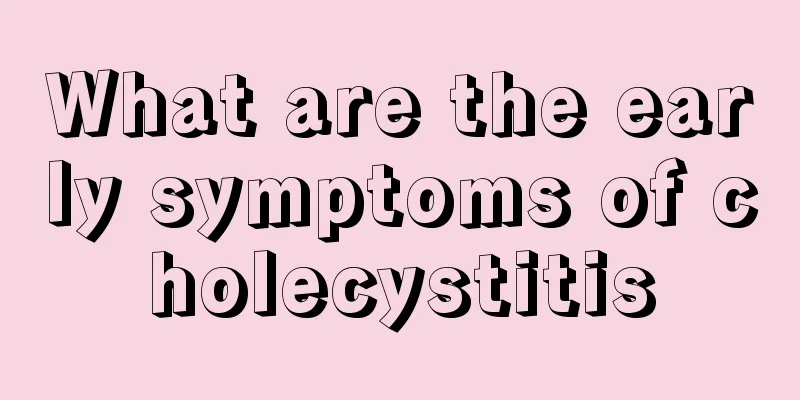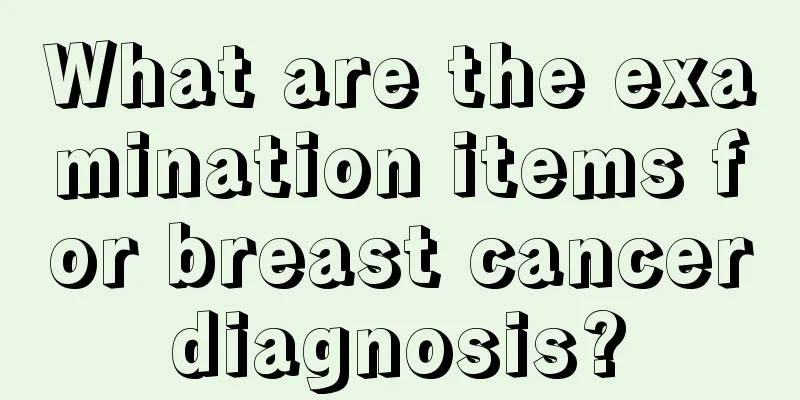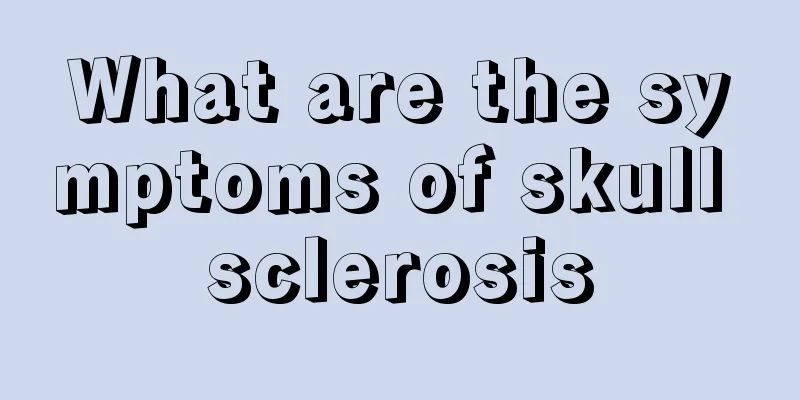The hypothalamus includes

|
The hypothalamus is the most important component of the brain. It includes many parts and is divided into roughly four areas. Each area controls different functions and maintains the health of the body. However, once the hypothalamus is diseased, each area will undergo corresponding changes and will cause different diseases, such as insufficient hormone secretion, body imbalance, imperfect function and other problems. The following is a detailed introduction to the four areas of the hypothalamus. The hypothalamus can be roughly divided into four regions: the anterior region, the medial region, the lateral region, and the posterior region. ① The anterior region includes the preoptic nucleus, supraoptic nucleus, supraoptic nucleus, paraventricular nucleus and anterior hypothalamic nucleus; ②The medial area is also called the tubercle area, including the ventromedial nucleus, dorsomedial nucleus, tubercle nucleus, gray tubercle, arcuate nucleus and tuberomammillary nucleus; ③ In the lateral region, there are scattered lateral hypothalamic nuclei, interspersed with medial forebrain bundles; ④The posterior region is mainly composed of the posterior hypothalamic nucleus and the mammillary body nucleus. The hypothalamus is divided into the supraoptic area (medial preoptic nucleus, lateral preoptic nucleus), the supraoptic area (supraoptic nucleus, suprachiasmatic nucleus, paraoptic nucleus), the tubercular area (infundibulocytic nucleus, dorsomedial nucleus, ventromedial nucleus), and the mammillary body area (mammillary body nucleus, hypothalamic nucleus). The hypothalamus has the body temperature regulation center, the blood sugar balance regulation center, and the water and salt balance regulation center, so in these three regulation processes, the hypothalamus is a regulatory center. But the hypothalamus is also the hub of the endocrine system. Although the hypothalamus is small in area, it receives many nerve impulses and is therefore the center of the endocrine and nervous systems. They can regulate the function of the anterior pituitary, synthesize neurohypophysial hormones and control the autonomic and vegetative nervous functions. The neurosecretions of the hypothalamus flow into the anterior pituitary through the portal vein. Some of them stimulate the release of the anterior pituitary, called releasing hormone (RH); some inhibit the release of anterior pituitary hormones, called inhibitory hormone (IH). The released hormone-releasing or -inhibiting hormones are: thyrotropin-releasing hormone (TRH), corticotropin-releasing hormone (cRH), follicle-stimulating hormone-releasing hormone (FSH-RH), luteinizing hormone-releasing hormone (LH-RH), growth hormone-releasing hormone (GRH), growth hormone-inhibiting hormone (GIH or SS), prolactin-releasing hormone (PRH), melanocyte-stimulating hormone-inhibiting hormone (MRIH) and melanocyte-stimulating hormone-releasing hormone (MRH). The release-inhibitory hormones secreted by the hypothalamus, the trophic hormones secreted by the pituitary gland, and the hormones synthesized by the target glands form a hormone network that regulates many activities of the body. |
Recommend
What are the causes of bladder cancer
Bladder cancer is a malignant urinary tract tumor...
May I ask what is the principle of hair transplantation
Nowadays, technology is developing faster and fas...
What is liver cancer grade Ⅰ
What is liver cancer grade 1? 1. Liver cancer is ...
What can I eat to cure gray hair
Now, because the harm of our food is particularly...
Disadvantages of single-leg squat
In fact, doing some squats regularly can not only...
What is the best way to treat spinal cord lesions
The presence of spinal cord lesions can have vary...
The difference between hyperthyroidism and hypothyroidism indicators
Hyperthyroidism and hypothyroidism are two comple...
How long does it take to be discharged from the hospital after minimally invasive surgery for lung cancer
For a small number of patients, postoperative com...
Treatment methods and daily care for burn scars
Scars are marks on human skin that are difficult ...
Should I use cold water or hot water to stew bird's nest?
After the bird's nest is soaked, it can be pl...
Methods to turn white hair into black hair
Many people have this worry, they have white hair ...
What is the chance of curing fibroids?
Once we feel some discomfort in the body and go t...
Dark skin on elbow joint
The elbow joint is a very important joint. The fl...
Will there be bloodshot eyes after wearing contact lenses for a long time?
In life, many people think that wearing frame gla...
4 major manifestations of early symptoms of colorectal cancer. Can colorectal cancer be prevented and treated?
Because colorectal cancer is not very obvious in ...









